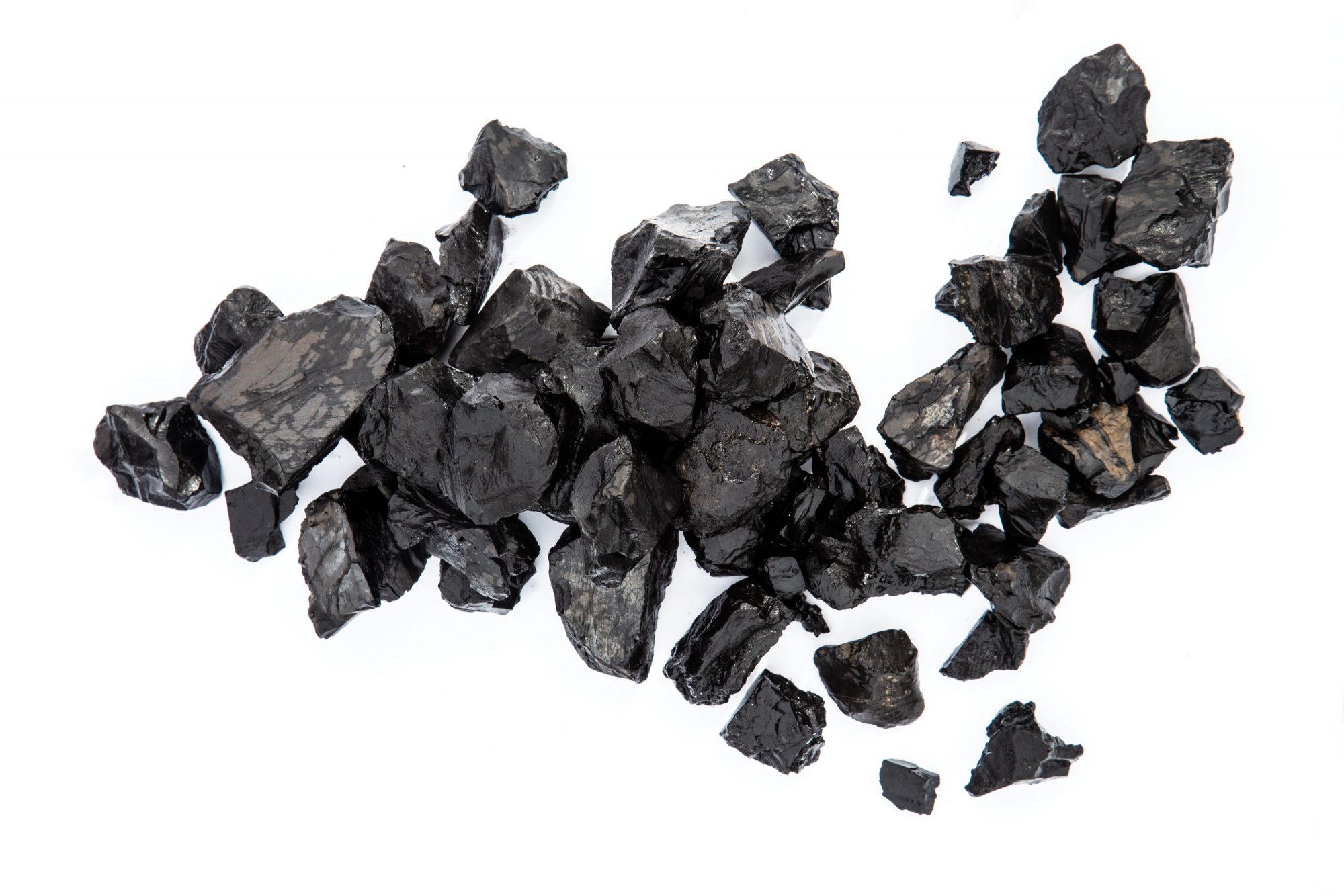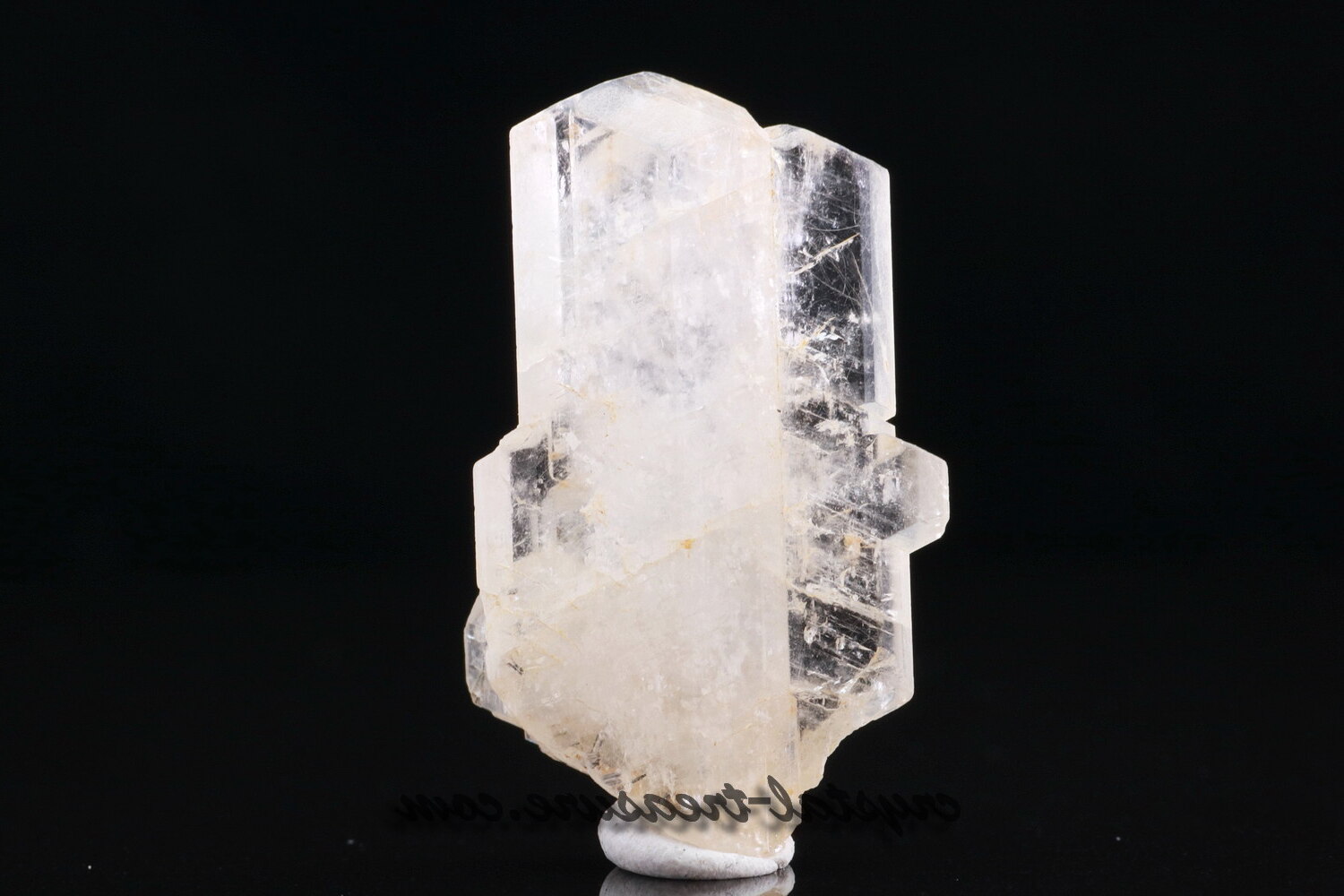
Coal, a fossil fuel formed from the remains of plants and trees that lived millions of years ago, has played a significant role in shaping the world’s energy landscape. While the use of coal has been a topic of debate in recent years due to concerns over its environmental impact, it still remains a vital source of energy for many countries. In this article, we will delve into 15 intriguing coal facts that shed light on its history, usage, and impact on the environment. From its discovery and extraction methods to its role in powering industries and electricity generation, these facts will provide you with a deeper understanding of this ubiquitous yet controversial source of energy.
Key Takeaways:
- Coal is a plentiful and affordable energy source, but burning it releases harmful gases. Efforts are being made to make coal use cleaner and reduce its impact on the environment.
- Coal has been used for centuries, but its mining can harm the environment and communities. It’s important to find sustainable solutions and transition to cleaner energy sources.
Coal is a fossil fuel formed from plant remains that have been preserved and compressed over millions of years.
Coal is primarily composed of carbon, along with various other elements such as hydrogen, sulfur, oxygen, and nitrogen. It is extracted from underground mines or through surface mining methods.
Coal is the most abundant source of energy worldwide.
With vast reserves found in many countries, coal has been a reliable and affordable energy source for centuries. It plays a crucial role in powering industries, generating electricity, and heating homes.
Coal releases carbon dioxide (CO2) when burned, contributing to climate change.
The combustion of coal emits greenhouse gases into the atmosphere, which are a major driver of global warming. Efforts have been made to develop cleaner technologies and reduce the environmental impact of coal-fired power plants.
Coal mining can have detrimental effects on the environment.
Open-pit mining and underground mining operations can result in habitat destruction, soil erosion, water pollution, and the release of harmful substances into the air. Reclamation and restoration measures are taken to minimize these impacts.
Coal can be classified into four main types: anthracite, bituminous, sub-bituminous, and lignite.
These types differ in their carbon content, energy content, and characteristics. Anthracite has the highest carbon content and energy density, while lignite has the lowest.
Coal has been used for thousands of years as a source of heat and energy.
Historically, coal was used for domestic heating and blacksmithing. Its use expanded during the Industrial Revolution, fueling steam engines and powering machinery in factories.
Coal reserves are estimated to last for several centuries.
Although there are concerns about depleting coal reserves, extensive deposits around the world indicate that coal will remain a significant energy source in the foreseeable future.
Coal mining employs millions of people globally.
From miners and engineers to support staff and logistics personnel, the coal industry provides employment opportunities in many countries. However, working conditions can be challenging and hazardous.
Coal is used in the production of steel and cement.
Coking coal, a specific type of coal, is crucial for producing steel through the process of smelting. Additionally, coal is used as a fuel and raw material in cement manufacturing.
Coal-fired power plants generate a significant amount of the world’s electricity.
Despite the increasing use of renewable energy sources, coal-fired power plants continue to play a substantial role in meeting global electricity demand. Efforts are being made to improve their efficiency and reduce emissions.
Coal can be transformed into liquid or gaseous fuels through a process called coal gasification.
Coal gasification involves converting coal into synthesis gas or syngas, which can be further processed into fuels such as methanol, diesel, and natural gas. This technology offers potential for cleaner energy production.
Coal mining can have social and economic impacts on communities.
While coal mining provides employment and economic opportunities, it can also lead to displacement, health issues, and socio-economic challenges in affected communities. Proper planning and sustainable practices are essential to address these issues.
Coal usage varies across different regions and countries.
Some countries heavily rely on coal for energy, whereas others have shifted towards cleaner alternatives. The transition to cleaner energy sources is a global effort to combat climate change and reduce emissions.
Coal can be found on all continents except Antarctica.
Coal deposits are widespread, with substantial reserves located in North America, Europe, Asia, Australia, and Africa. Each region may have different coal characteristics and mining practices.
Coal can be a source of conflict due to its geopolitical implications.
As an essential energy resource, the control and access to coal reserves can impact geopolitical relationships and influence global energy dynamics. It is a critical aspect of energy security for many nations.
Conclusion
In conclusion, these 15 coal facts shed light on the importance, impact, and challenges associated with coal as an energy source. Despite its significant contribution to global energy production, coal has faced increasing scrutiny due to its environmental impact and contribution to carbon emissions. As we strive towards a more sustainable future, it is crucial to explore and invest in renewable energy sources. However, the role of coal cannot be ignored, especially in countries heavily reliant on this resource. Through technological advancements and stricter regulations, the aim is to minimize the negative effects of coal while maximizing its benefits in a cleaner, more sustainable manner.
FAQs
1. What is coal?
Coal is a black or brownish-black sedimentary rock composed primarily of carbon, along with various other elements and minerals.
2. How is coal formed?
Coal is formed from the remains of plants that lived and died millions of years ago. Over time, heat and pressure transform these remains into coal.
3. What are the different types of coal?
There are four main types of coal: anthracite, bituminous, sub-bituminous, and lignite. These differ based on their carbon content and energy density.
4. Why is coal considered an important energy source?
Coal is a widely available and relatively inexpensive energy source. It has been crucial in powering industrial development and meeting energy demands for centuries.
5. What are the environmental concerns associated with coal?
Coal combustion releases various pollutants and greenhouse gases, contributing to air and water pollution, as well as climate change.
6. Can coal be used in a clean and sustainable manner?
With advanced technologies like carbon capture and storage (CCS) and clean coal technologies, efforts are being made to reduce the environmental impact of coal usage.
7. What are the alternatives to coal?
Renewable energy sources such as solar, wind, and hydroelectric power offer cleaner and sustainable alternatives to coal.
8. Is coal still used globally?
Yes, coal remains an important energy source globally. However, its usage is declining in some regions due to increasing environmental concerns.
9. What are the economic implications of transitioning away from coal?
The shift towards renewable energy sources can create new job opportunities and stimulate economic growth in various sectors.
10. Are there any advancements in coal technologies?
Yes, advancements in coal technologies are focusing on making the process cleaner, more efficient, and reducing emissions.
11. Is coal mining dangerous?
Coal mining can be hazardous due to risks such as collapses, explosions, and long-term health effects from exposure to coal dust.
12. How long will coal reserves last?
The duration of coal reserves depends on numerous factors, including consumption rates and technological advancements.
13. Can coal be used for other purposes besides energy production?
Coal has various industrial applications, including steel production, cement manufacturing, and chemical production.
14. Is coal the only fossil fuel?
No. Other fossil fuels include oil and natural gas, each with its own advantages and disadvantages.
15. What is the future of coal?
The future of coal relies on striking a balance between energy needs, environmental concerns, and the development of cleaner technologies.
Was this page helpful?
Our commitment to delivering trustworthy and engaging content is at the heart of what we do. Each fact on our site is contributed by real users like you, bringing a wealth of diverse insights and information. To ensure the highest standards of accuracy and reliability, our dedicated editors meticulously review each submission. This process guarantees that the facts we share are not only fascinating but also credible. Trust in our commitment to quality and authenticity as you explore and learn with us.


